The Year of Mercy logo is not very beautiful. I’d go so far as to say it’s ugly. But I wouldn’t go to the stake on that claim. Horses for courses.
Nonetheless, I do like some of the symbolism behind the logo. It most obviously evokes the parable of the Good Shepherd, carrying the lost sheep on his shoulders:
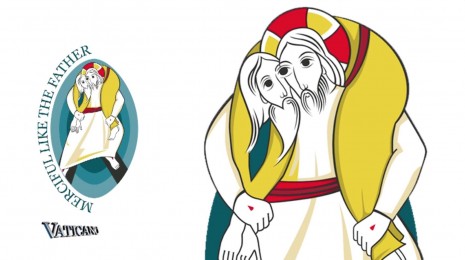
But I think the logo also evokes another gospel passage. Today’s gospel. The healing of Bartimaeus.
I think we can draw four points out of today’s gospel which are very pertinent to the year of mercy, and more specifically, to our response to God’s mercy.
1. Bartimaeus knew he was blind; he seeks God’s help.
Bartimaeus calls out; he requests help. When the Lord asks him, “what do you want me to do for you?” he doesn’t hesitate. “Rabbuni, let me see again.”
Do we know our own blindness? Can we view our neighbours as God views them? That’s true vision. Just as importantly, can we see ourselves as Jesus sees us?
2. The world turns against Bartimaeus; he defies the world.
When the crowd turns on him, Bartimaeus is very vulnerable. He is blind, he is surrounded by hostile forces, but still he perseveres. Any faith worthy of the name requires the same sort of courage.
Faith starts with the humility of recognising ourselves as needy of salvation, it entails interior and exterior struggle, and it culminates in an intimate encounter with Jesus. There is no intimacy without vulnerability. Intimacy is what God seeks, and our vulnerability is its catalyst.
This is one of the reasons the Church doesn’t countenance general absolution, except in emergencies. Sacramental confession models the life of faith: recognising one’s needs, making oneself vulnerable, and seeking an intimate encounter with the Lord.
3. Jesus stops and gives Bartimaeus personal attention.
The decisive moment in today’s Gospel is this direct, personal encounter between God and man. They are face to face: God with his desire to heal, and Bartimaeus with his desire to be healed. Two freedoms; two converging desires.
Bartimaeus receives physical healing, but I bet a spiritual healing occurs too. Perhaps his intimate encounter with the Lord enables him to see the world as our Lord sees it. What a wondrous gift of sight that would be! That’s why I think of today’s Gospel when I contemplate a particular detail of the Year of Mercy logo:
One particular feature worthy of note is that while the Good Shepherd, in his great mercy, takes humanity upon himself, his eyes are merged with those of man. Christ sees with the eyes of Adam, and Adam with the eyes of Christ.
I think divine mercy is just like that. Nothing is more pleasing to God, than us seeking and him ministering his divine mercy. But having received his mercy, we’re then commissioned to exercise his mercy. We receive healing and power – power to love our enemies: to pray for them; to show them affection. “Forgive us our trespasses, as we forgive those who trespass against us.”
4. Bartimaeus followed Jesus along the road.
The Gospel ends with Bartimaeus’s conversion. Mark says he followed Jesus along the road. He followed in the way and the truth and the life of Jesus. That’s the metaphorical meaning.
The literal meaning, though, is no less resonant. Immediately after this healing, our Lord locates a donkey, and rides into Jerusalem on a carpet of palms. In less than a week, Jesus is dead. So Bartimaeus literally follows Jesus to the cross.
It’s good for us to remember that, and imitate it of course. There comes a time in every life when suffering is unavoidable, and death awaits us all. Our task as Christians is to unite our suffering and death with the Lord’s. Then our own crosses become part of the Lord’s redemptive sacrifice, bringing graces to others, and shedding mercy on the whole world.


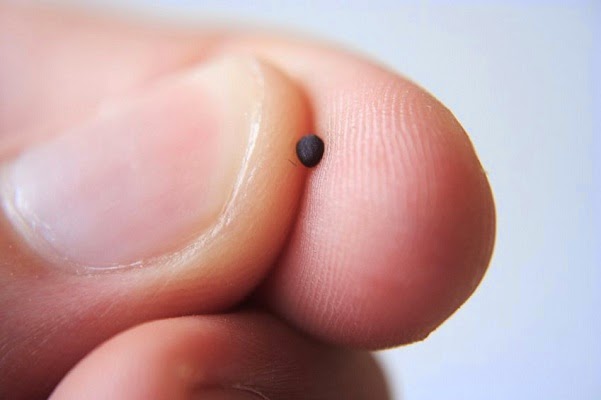
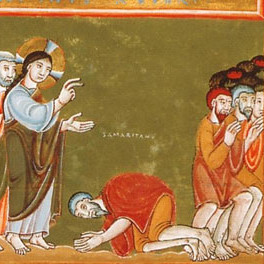
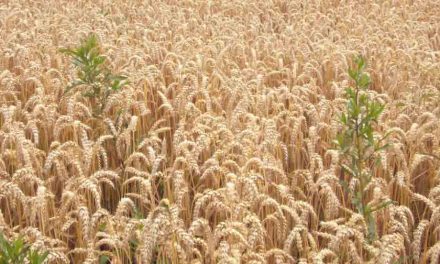
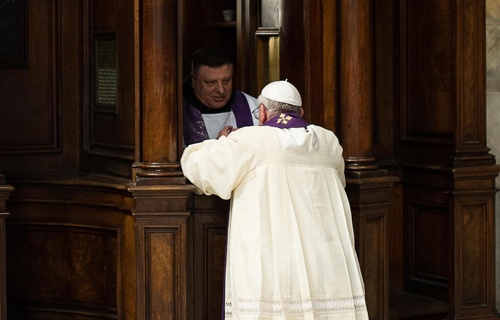
Beautiful commentary, Father John. “Christ sees with the eyes of Adam…” I love that. Somehow, mysteriously, Jesus seems to have taken on our fallen human nature without besmirching His own Humanity, but in such a way that He feels our weakness and is so perfectly compassionate. I hang on to this thought…